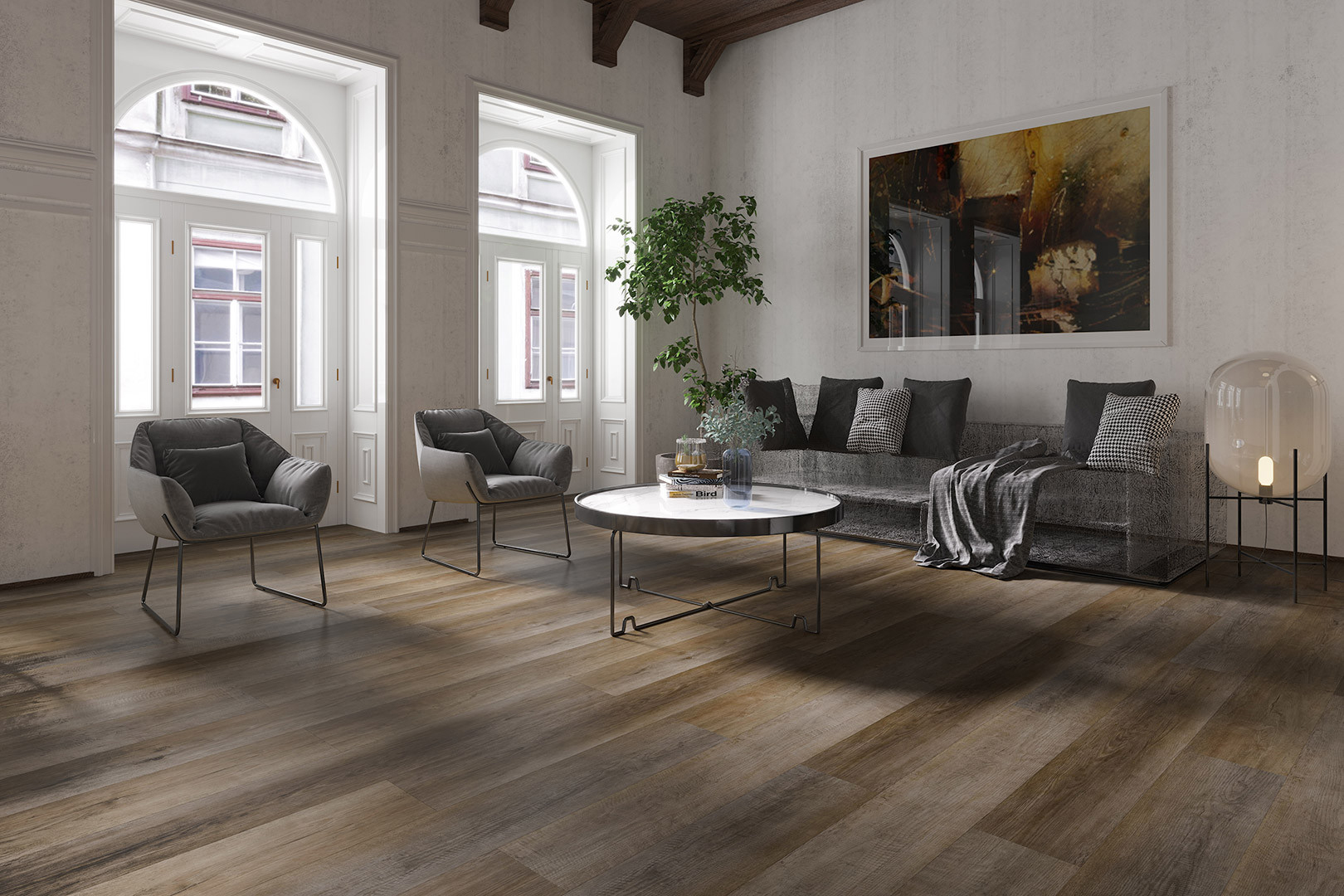
Choosing the right flooring for your space is crucial, and the debate between SPC flooring and ceramic tiles is a common dilemma. Both options offer unique benefits, but understanding their differences is essential to make an informed decision.
Appearance and Design:
Ceramic tiles boast a timeless, natural look, often mimicking stone or wood. On the other hand, SPC flooring provides a realistic imitation of various materials, offering a broad spectrum of designs, including wood and stone patterns. The versatility of SPC allows for modern and traditional aesthetics.
Durability and Resilience:
Ceramic tiles are known for their durability, resistant to scratches and moisture. However, they can be prone to cracking or chipping under heavy impact. SPC flooring, with its rigid core and layered construction, excels in durability, resisting dents, scratches, and water damage. This makes it an ideal choice for high-traffic areas.
Comfort and Insulation:
Ceramic tiles tend to be cold underfoot, especially in colder climates, while SPC flooring offers a warmer and more comfortable surface. SPC’s thicker composition also provides better sound insulation compared to the hard surface of ceramic tiles.
Installation:
Ceramic tile installation requires precision and expertise, often involving professional assistance. SPC flooring, with its click-lock installation system, is more DIY-friendly, allowing for a quicker and easier installation process.
Maintenance:
Both SPC flooring and ceramic tiles are relatively easy to maintain. Regular cleaning is essential, but SPC has an edge with its water-resistant nature, making it less prone to stains or mold growth compared to porous ceramic tiles.
Cost:
While ceramic tiles can be cost-effective, factors like installation expenses and maintenance costs may add up. SPC flooring, with its durability and ease of installation, could be a more budget-friendly option in the long run.
In the SPC flooring vs. ceramic tiles debate, the choice ultimately depends on individual preferences, budget, and the specific requirements of the space. Whether you prioritize durability, design versatility, or ease of installation, understanding the distinct features of each option will guide you toward selecting the flooring that best suits your needs and style.
